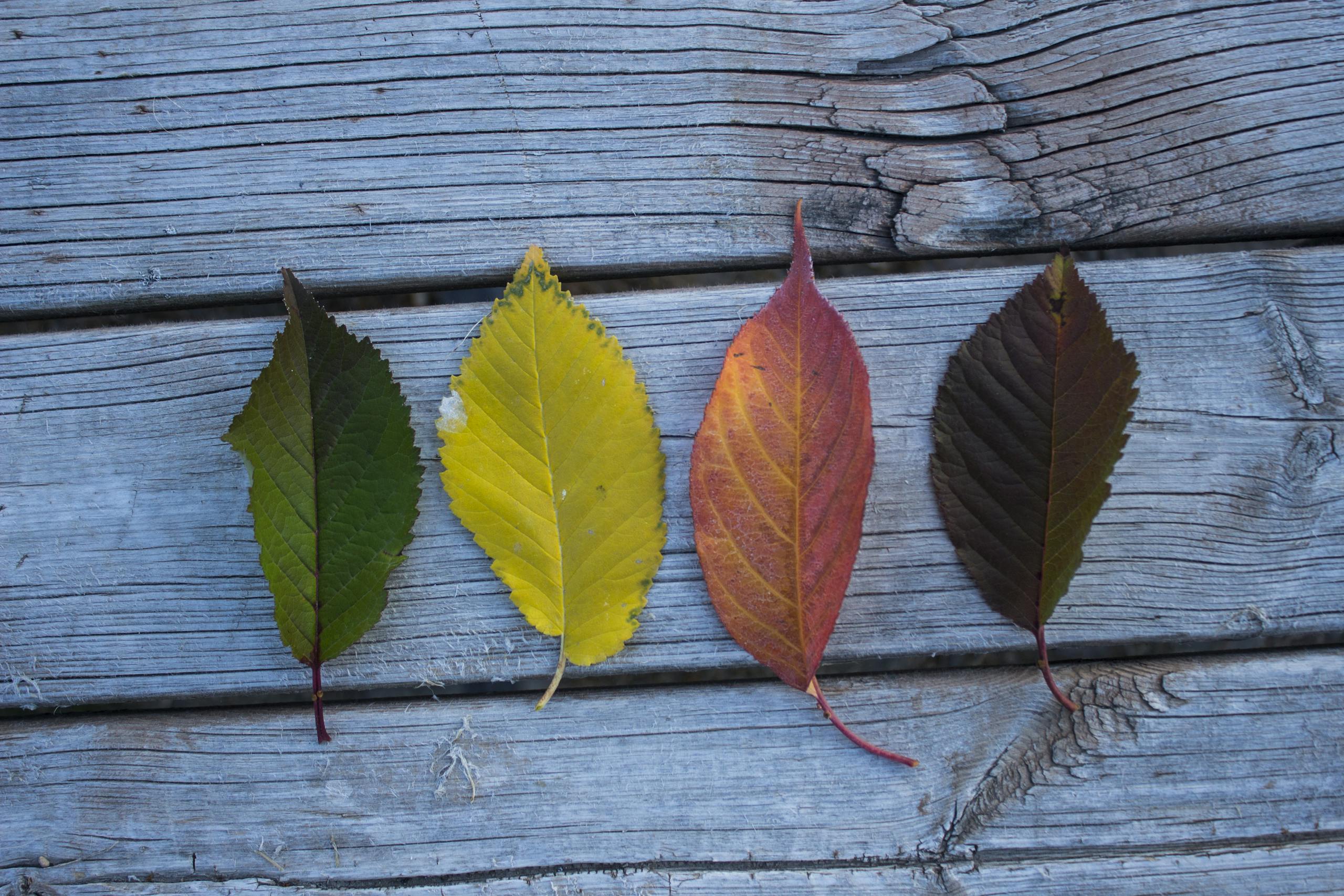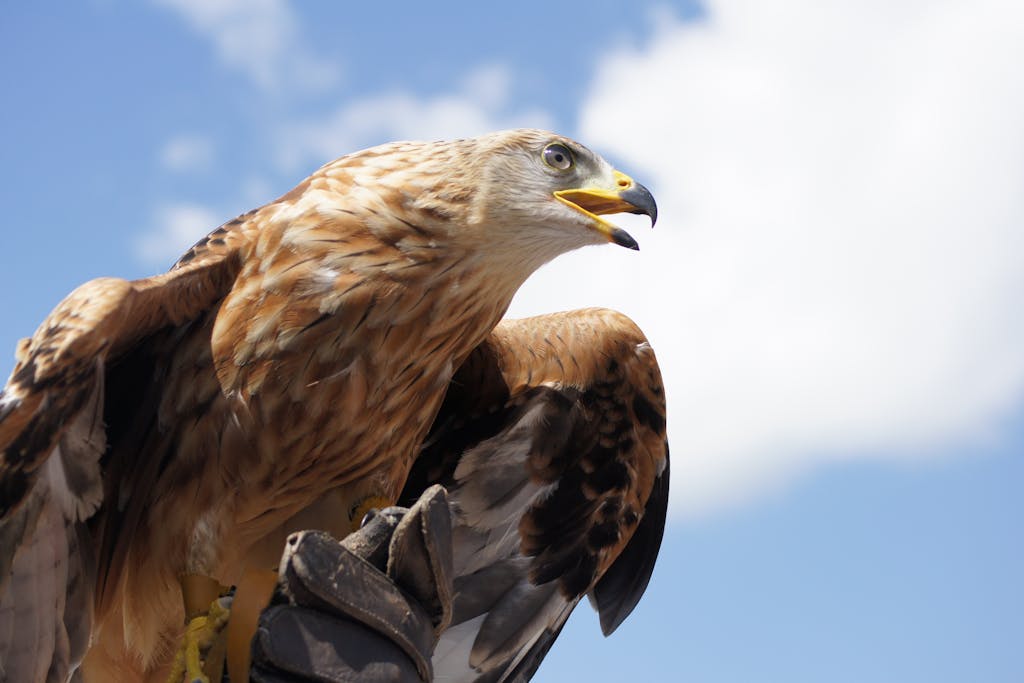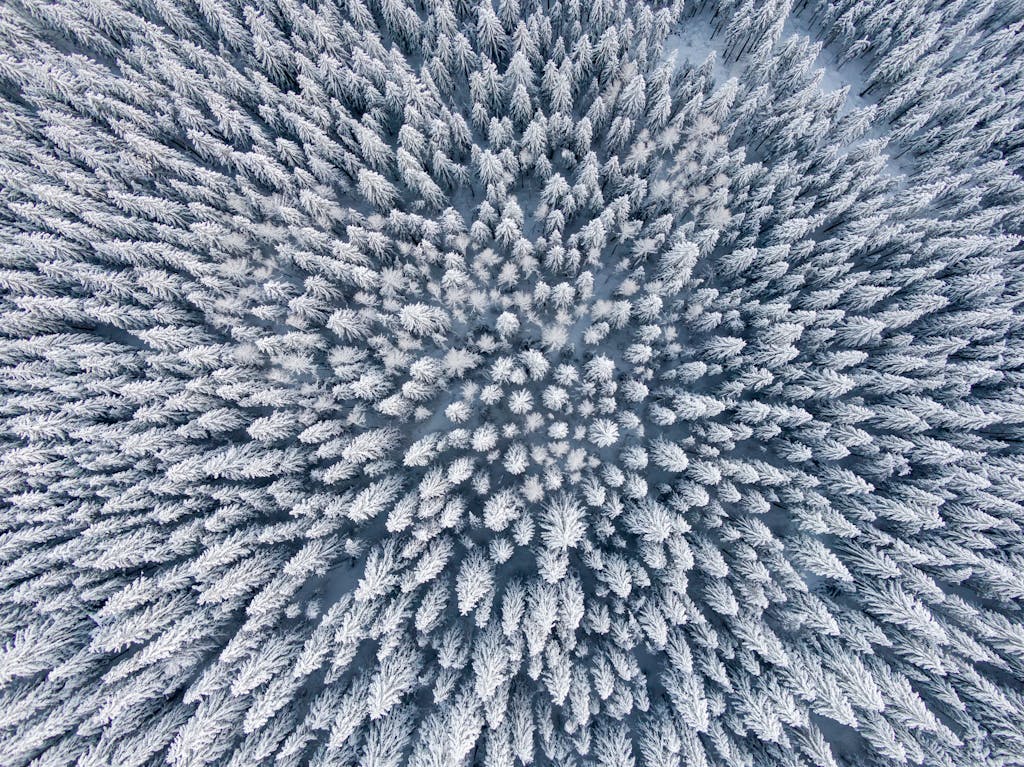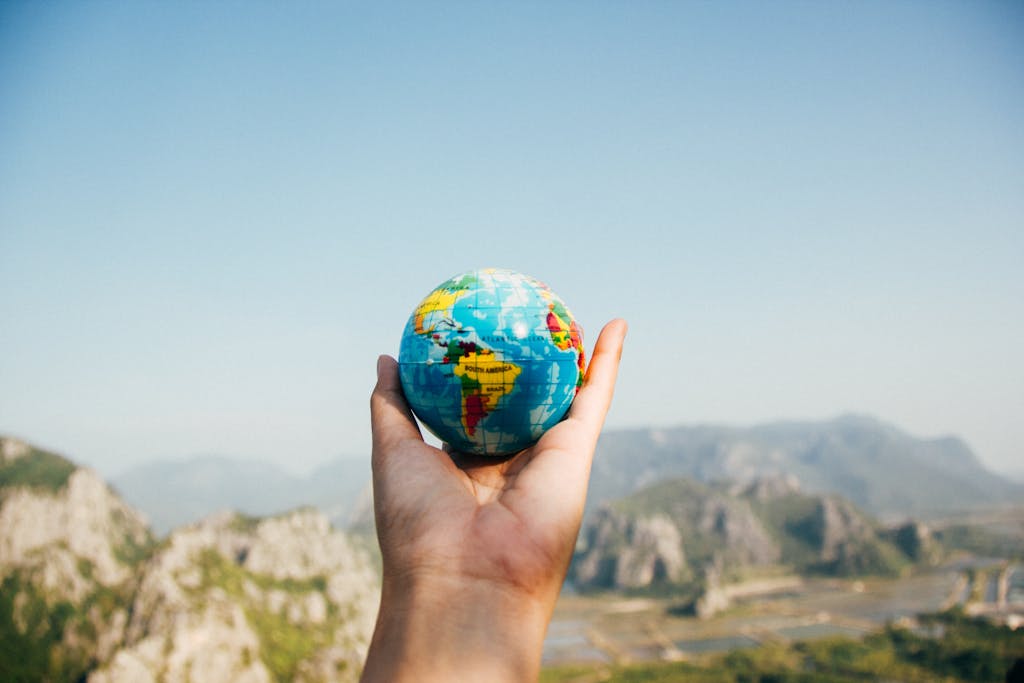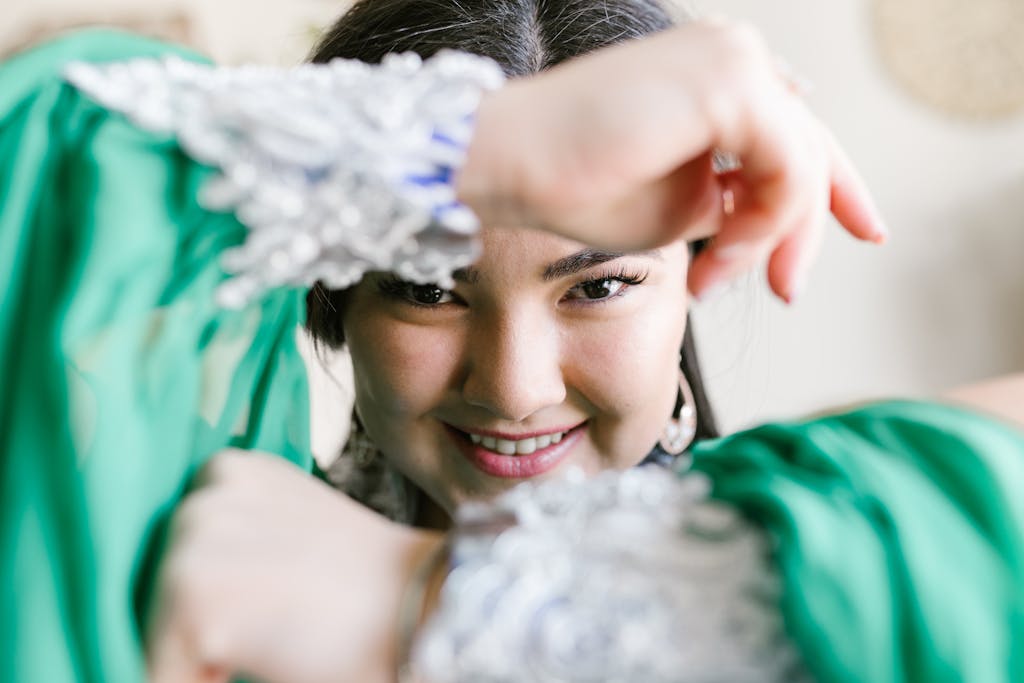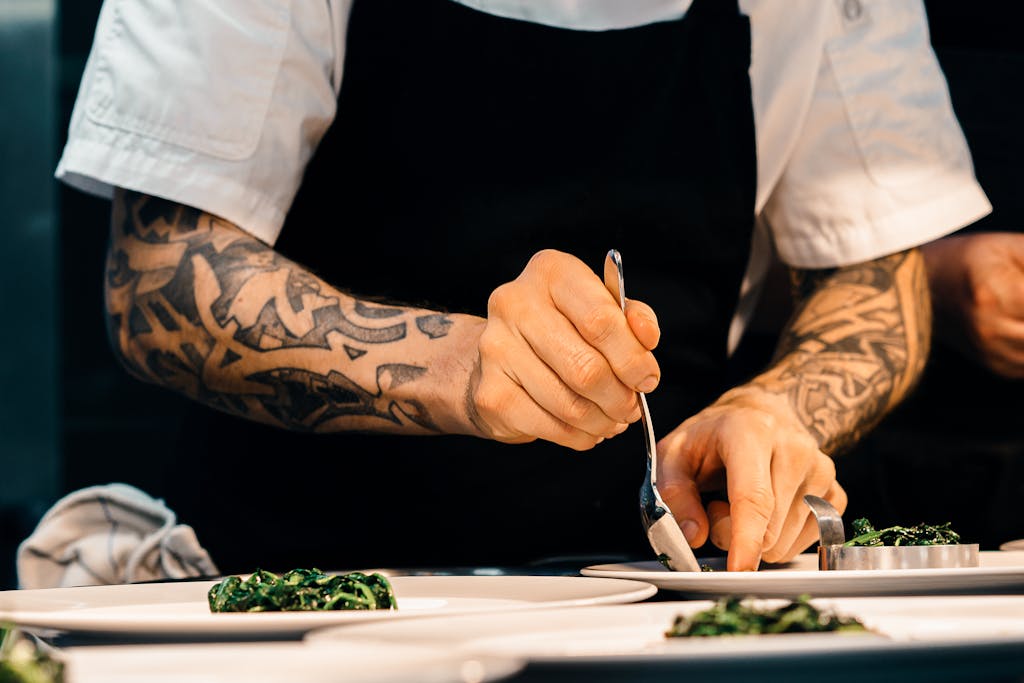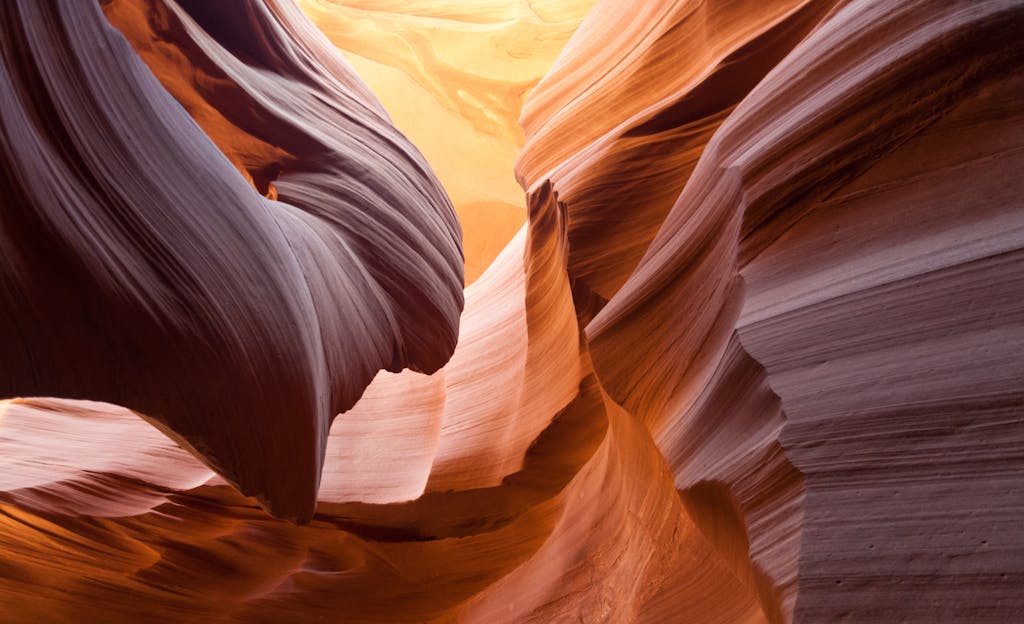kazakhstan weather by month:
Kazakhstan has a continental climate with distinct seasonal variations. Its vast size and diverse geography, bordered by countries like Kyrgyzstan, China, and Turkmenistan, contribute to significant differences in weather across the country. The climate around the Caspian Sea is arid with a continental climate characterized by cold winters and hot summers. Here’s an in-depth look at Kazakhstan’s climate features:
Introduction to Kazakhstan Climate
Kazakhstan, located in Central Asia, boasts a sharply continental climate characterized by significant temperature variations. The average temperature in January ranges from -4°C to -19°C, while in July, it rises to between +19°C and +26°C.
Climate data reveals that winter temperatures can plummet to a frigid -45°C, whereas summer temperatures can soar up to +30°C. The country experiences all four seasons distinctly: winter, spring, summer, and autumn. Cold winters and hot summers are the most noticeable, with the temperature fluctuations across the country making Kazakhstan an intriguing destination to explore.
The vast territory and diverse geography contribute to these extreme weather patterns, offering a unique climate experience for visitors.
Temperature Extremes
Winters: Kazakhstan experiences some of the coldest temperatures in Central Asia, especially in the north and east. January is the coldest month in Kazakhstan, with temperatures dropping as low as -40°C (-40°F) in regions like Astana. During winter, the ground is usually covered in snow and experiences frequent light snowfall. Snow covers much of the country, particularly in the north, and the winter season is generally long, spanning from November to March.
Summers: Summers can be extremely hot, particularly in the south and central areas, with temperatures often reaching 35–40°C (95–104°F). The temperature contrast between summer and winter is one of the largest in the world, highlighting the country’s continental climate.
Seasonal Variations
Spring (March-May): Spring weather in Kazakhstan begins with a transition from harsh winter to more pleasant conditions, with moderate temperatures that quickly warm up. By late April and May, daytime highs range between 15°C to 25°C (59°F to 77°F), but nights can remain cool. This is a short season, often marked by windy conditions and sporadic rainfall.
Discover Kazakhstan
Summer (June-August): Summers are generally hot, dry, and sunny, especially in southern Kazakhstan. June through August sees temperatures ranging from 25°C to 35°C (77°F to 95°F), with some regions reaching up to 40°C (104°F). The high temperatures make this a prime time for tourism in mountainous areas where the weather is cooler.
Autumn (September-November): Fall brings a swift drop in temperatures. Early autumn remains relatively warm, but by October, temperatures are notably cooler. Mid September typically signifies a transition into autumn with stable weather conditions, marking the end of summer, leading to cooler temperatures and the beginning of notable nighttime frosts. Autumn is also marked by vibrant foliage, particularly in the northern and mountainous regions.
Winter (December-February): Winters are harsh and snowy. Temperatures regularly fall below -20°C (-4°F), especially in the north, with limited sunlight hours. This season can feel long and intense, with icy winds adding to the chill.
Precipitation Patterns
Annual Rainfall: Kazakhstan’s precipitation varies significantly by region. The north receives the most rainfall, averaging around 300-400 mm (11.8-15.7 inches) annually, whereas the central and southern parts of the country are much drier, with less than 200 mm (7.9 inches) in many areas. The northern lowlands experience the highest precipitation compared to the drier central and southern regions, highlighting the significance of lowlands in terms of the overall climate.
Seasonal Rainfall: The majority of rain occurs in the spring and early summer. Spring showers are more frequent in the north, while the south and east receive moderate precipitation. The western and central regions are quite arid, and summers are generally dry.
Discover Kazakhstan
Winds and Steppes
Strong Winds: Kazakhstan’s wide-open steppe landscapes and lack of natural barriers make it prone to strong winds, particularly in spring. The wind patterns in Kazakhstan vary by season, with predominant directions influencing weather conditions. The distance from the ocean contributes to the country’s extreme continental climate, resulting in significant temperature variations and precipitation patterns across different regions. These winds often carry sand and dust, especially in desert and semi-desert areas.
Dust Storms: Dust storms are common, especially in central Kazakhstan’s steppe regions. These storms can reduce visibility and create temporary hazardous conditions.
Mountain Climate
Altai Mountains: In the northeast and southeastern parts of Kazakhstan, mountainous regions like the Altai and Tien Shan have milder and more humid climates than the steppe and desert areas. Summers in these areas are cooler, with temperatures around 20°C to 25°C (68°F to 77°F), and winters are milder compared to the flatlands.
Glaciers and Snowcaps: In the Tien Shan Mountains, permanent glaciers exist, providing a steady flow of water to rivers during warmer months. Observed climate data indicates that these regions maintain consistent snow cover throughout the year. The mountains are a popular destination for skiing and mountaineering due to their snow cover.
Desert and Semi-Desert Climate
Arid Conditions: Kazakhstan’s central and western regions, including parts of the Caspian Depression, have desert or semi-desert climates. Arid conditions occur primarily during the summer months, characterized by very little precipitation, intense summer heat, and cold winters.
Temperature Fluctuations: In deserts, summer temperatures often exceed 40°C (104°F), while winter nights can drop significantly below freezing, showcasing the extreme nature of continental climates. Temperature fluctuations vary across different regions, influenced by factors such as latitude, topography, and climate zones.
Discover Kazakhstan
Climate Data and Regional Variations
Kazakhstan’s climate data highlights a highly continental climate with significant intraday and annual temperature fluctuations. During the winter months (December to February), the average temperature is extremely cold, ranging from -9°C to -12°C.
In contrast, the summer months (June to August) are hot, with average temperatures between 22°C and 23°C. Precipitation levels are generally low throughout the year, averaging between 14 mm and 30 mm per month. The climate varies significantly with latitude, with northern areas experiencing much colder winters compared to the relatively hot summers in the southern regions.
Almaty, the most populous city, receives more abundant precipitation, averaging around 675 mm (26.5 inches) annually, with a peak in spring. These regional variations make Kazakhstan a diverse and fascinating country to visit, offering different climate experiences across its vast landscape.
Growing Season and Agriculture
The growing season in Kazakhstan typically spans 4.3 months, from around May 11 to September 21. The country’s climate is conducive to growing a variety of crops, including cotton and melons in the southern regions. On average, Kazakhstan accumulates 2,122°F (1,170°C) of growing degree days annually, with July being the peak month, averaging 1,500°F (815°C).
The best time to visit Kazakhstan for outdoor activities and to explore its agricultural landscapes is from mid-June to mid-August. During this period, the weather is warm and pleasant, making it ideal for tourists to experience the country’s rich agricultural heritage and scenic beauty.
Natural Hazards Related to Climate
Flooding: In the spring, snowmelt from mountains can cause rivers to swell, leading to occasional flooding in low-lying areas. The dew point during this period often rises, contributing to the increased moisture levels and potential for flooding.
Avalanches: In the mountainous regions, avalanches can be a risk in winter due to heavy snowfall, with the mountains often covered in a thick blanket of snow.
Droughts: Kazakhstan is susceptible to droughts, particularly in the south and west. During dry years, water scarcity can impact agriculture and livestock, affecting local economies.
Impact of Continental Climate on Daily Life
- Agriculture: The extreme temperature variations restrict the growing season to late spring and summer. Climate conditions vary significantly across different regions, with northern Kazakhstan experiencing cooler temperatures and southern areas enjoying warmer conditions. Wheat is a staple crop in northern Kazakhstan, while southern areas grow fruits and vegetables.
- Tourism: Kazakhstan’s natural beauty is best enjoyed in summer and early autumn, when the warmth enhances the overall experience for visitors. Winter tourism thrives in mountainous areas, where activities like skiing and snowboarding are popular.
What is the best season to travel?
The best seasons to travel to Kazakhstan are spring (April to early June) and autumn (September to early October). During these times, the weather is generally mild and comfortable, making it ideal for exploring the country’s diverse landscapes, cities, and natural attractions. In spring, temperatures rise from the cold winter months, leading to warmer and more pleasant weather conditions. Here’s why these seasons stand out:
Spring (April to early June)
Pleasant Temperatures: Spring brings warmer temperatures after a long winter, with daytime highs ranging from 15°C to 25°C (59°F to 77°F) in many areas. This makes it comfortable for outdoor activities.
Blooming Landscapes: The steppe regions and mountains come alive with blooming wildflowers, particularly in May. It’s a beautiful time to explore natural parks and valleys.
Festivals and Celebrations: In late March, Kazakhstan celebrates Nauryz, the Persian New Year, a festival full of traditional music, food, and colorful ceremonies.
Best for Hiking: This is a great time to visit mountainous regions like Almaty and the Tien Shan Mountains for hiking and other outdoor activities before the summer heat sets in.
Autumn (September to early October)
Cool and Comfortable Weather: Temperatures in autumn are still warm, typically around 15°C to 20°C (59°F to 68°F), which is ideal for sightseeing without the intense summer heat.
Vibrant Foliage: In northern and mountainous regions, autumn brings beautiful fall colors. This season is perfect for photography and scenic drives.
Harvest Season: Fall is also the harvest season, so you’ll find plenty of fresh produce in local markets. This is an excellent time to experience traditional Kazakh foods.
Lower Crowds: With fewer tourists than in summer, autumn offers a more peaceful experience at popular destinations.
Why Other Seasons May Be Challenging
Winter (December to February): Winters in Kazakhstan are harsh, particularly in the northern regions, with temperatures frequently dropping below -20°C (-4°F). Snowy landscapes can be beautiful, but outdoor travel can be challenging and is often best for those interested in winter sports in the mountainous areas.
Summer (June to August): Summers are hot, especially in the southern and central regions, with temperatures exceeding 30°C (86°F) in some areas. The heat can make exploring deserts and steppe regions uncomfortable, though it’s a good season for cooler mountain activities.
Why Visit Kazakhstan
Kazakhstan is a unique destination that offers a blend of modern cities, traditional culture, and stunning natural landscapes. The country’s climate, characterized by cold winters and hot summers, provides a diverse range of experiences for visitors.
The best time to visit Kazakhstan is from mid-June to mid-August, when the weather is warm and pleasant. Almaty, the most populous city, is a must-visit destination with its breathtaking mountain scenery, vibrant cultural scene, and abundant precipitation.
The capital city, Astana, is also worth exploring, known for its modern architecture and cultural attractions, despite its cold winters. Overall, Kazakhstan offers a unique mix of culture, history, and natural beauty, making it an ideal destination for tourists seeking a memorable and diverse travel experience.











